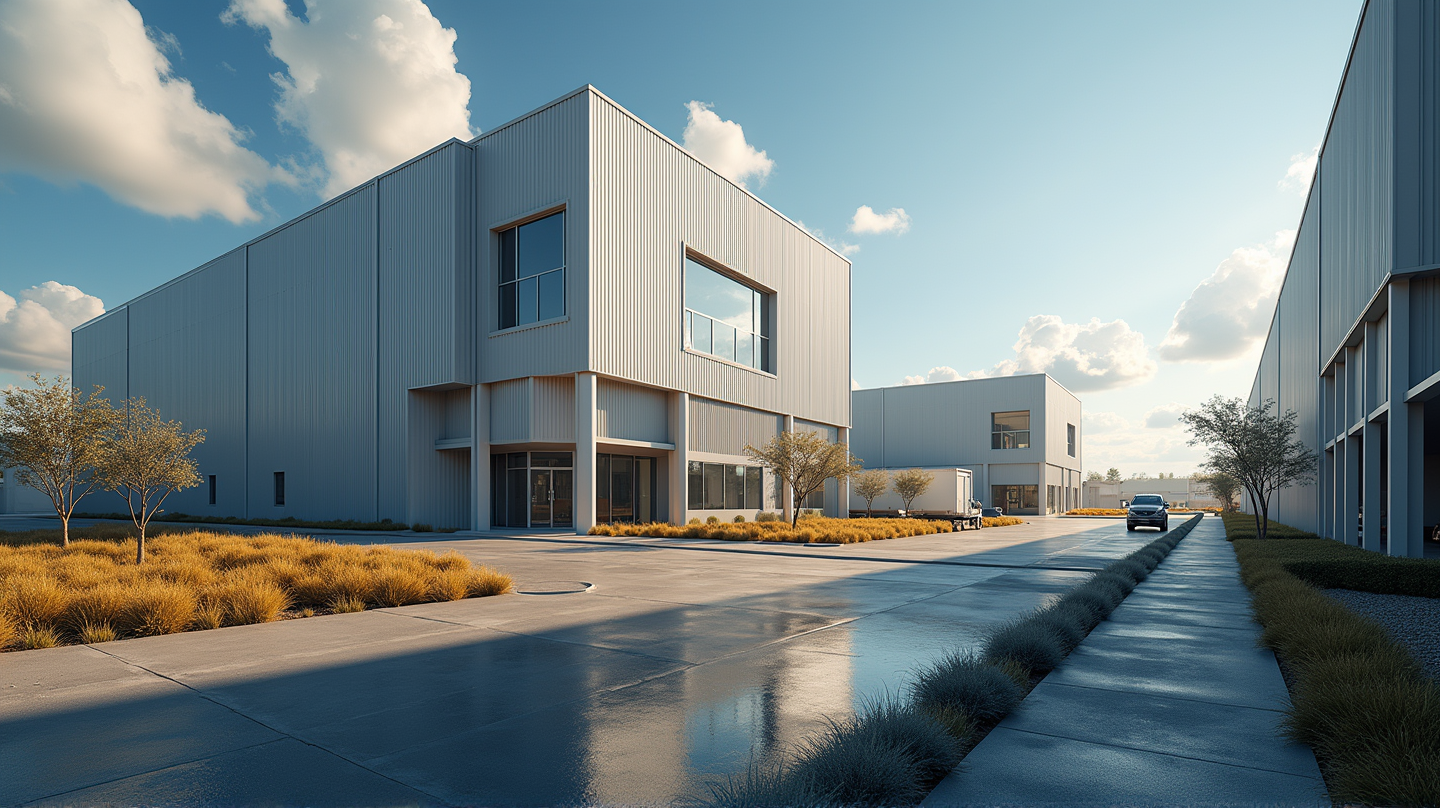How Institutional Industrial Real Estate Stands Strong Amidst Market Challenges
Explore the steady resilience of institutional industrial real estate through strategic financing, portfolio quality, and macroeconomic drivers.

Institutional industrial real estate’s resilience has become a beacon of stability in volatile financial climates. As macroeconomic shifts challenge traditional sectors, industrial properties thrive due to strategic financing, high-quality portfolios, and tailwinds from global economic trends.
Strategic Financing: Navigating Financial Turbulence
The backbone of industrial real estate’s stability is its innovative financing strategies, which evolve to meet market demands. Facing tightened bank lending, alternative capital sources like private debt funds and REITs rise to prominence. By embracing technological advancements, these financial innovators can stress-test and adapt portfolios, ensuring resilience.
Embracing AI and digital twins, real estate investors create robust models to predict outcomes amid climate and trade uncertainties. Strategic financing tied to ESG criteria enhances the value of assets, making them more attractive to environmentally conscious investors and regulatory bodies.
High Portfolio Quality: Sunbelt Strategy Success
Quality, not location alone, dictates the success of industrial real estate assets. As investors pivot towards properties in the thriving Sunbelt region, cities like Dallas and Atlanta emerge as frontrunners. These areas benefit from strong infrastructure and population growth, providing a buffer against coastal market vulnerabilities.
Occupancy rates remain vital as high as 94%, and the meticulous diversification of portfolios mitigates risks. Retrofitting older properties aligns them with modern sustainability standards, cementing sustainability as a competitive edge.
Macroeconomic Tailwinds: E-commerce and Nearshoring
E-commerce’s relentless rise and nearshoring trends have fortified demand for logistics hubs. With retail e-commerce penetration exceeding 25%, the landscape shifts to accommodate this new norm. The USMCA and shifts in global trade further heighten the need for manufacturing infrastructures.
The anticipated interest rate cuts in 2025 promise to enhance capital accessibility, making this an opportune time for investors to capitalize on constrained supply markets and limited new construction avenues.
Investment Insights: Strategies for Future-Focused Growth
For investors, precision in strategy ensures that industrial real estate remains a compelling asset. By identifying specific markets and embracing retrofitting and sustainable practices, investors can leverage macroeconomic tailwinds for long-term success.
As challenges like uncertainties in tariffs and labor shortages continue, the sector’s inherent strengths — from supply chain innovations to the growing importance of technology — ensure a robust investment opportunity. The combination of stability and growth positions industrial real estate as a uniquely valuable asset in today’s market climate. According to AInvest, keeping a close eye on these developments will be key to unlocking their vast potential.